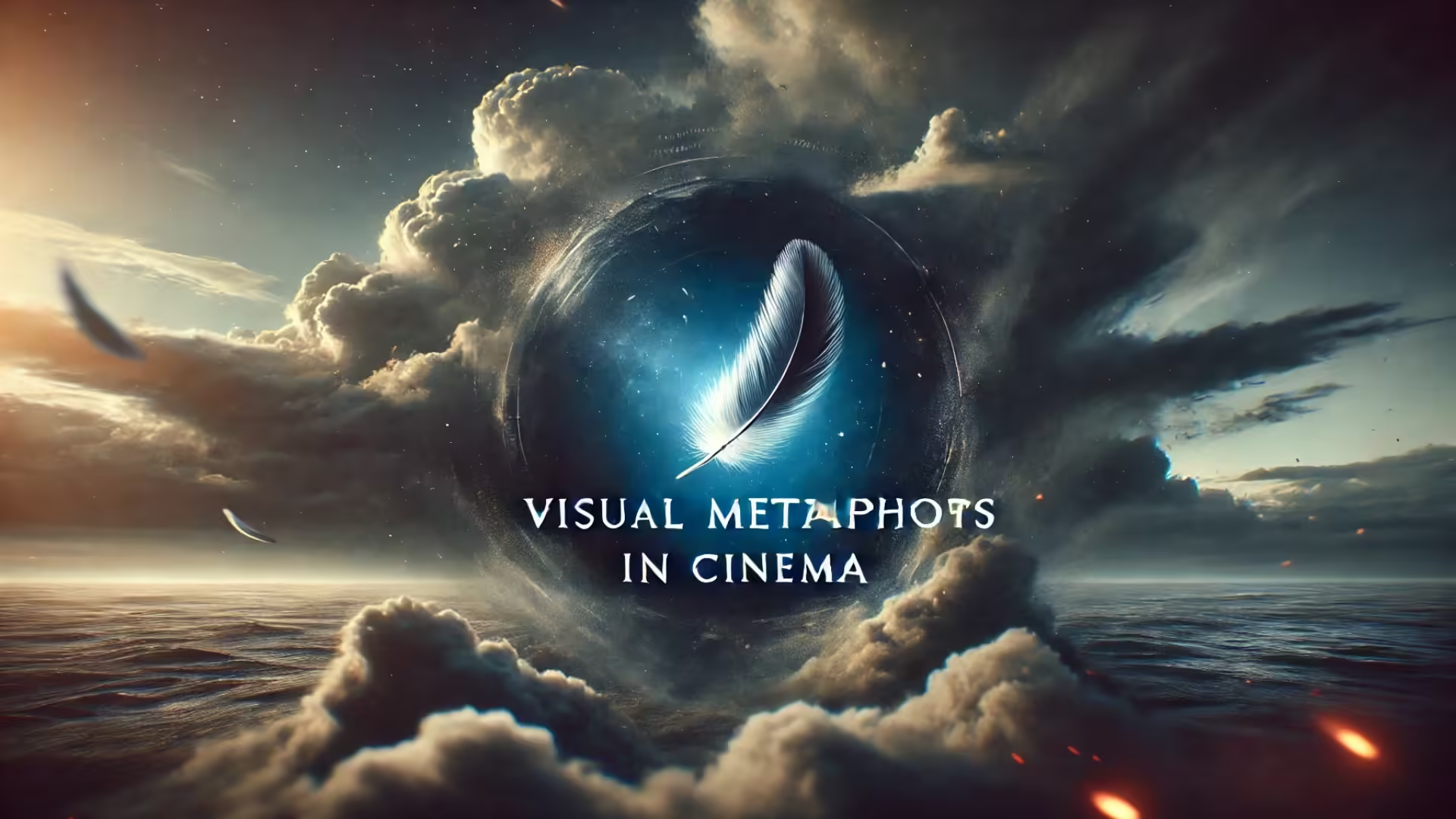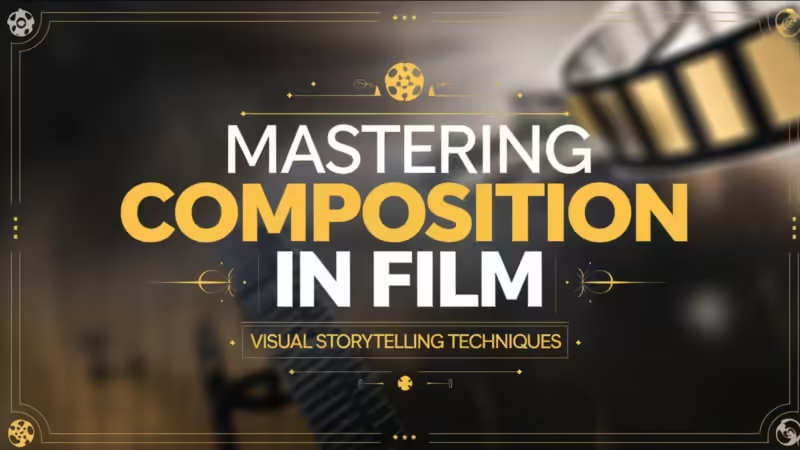Cinema is all about storytelling, and one powerful way filmmakers communicate is through visual metaphors. Visual metaphors are images that symbolize something deeper, helping viewers understand emotions, themes, and messages without a single word.
In this article, we’ll explore what visual metaphors are, how they are used in films, and why they’re so important for filmmakers. This guide will also help you spot visual metaphors in your favorite movies and why understanding them can make you appreciate films even more.
What is a Visual Metaphor?
A visual metaphor is when an image or scene in a movie stands for a bigger idea. Instead of telling you how a character feels, the filmmaker might show a storm brewing outside the window, which reflects their emotions. The storm could represent inner turmoil, anger, or chaos.
Why Are Visual Metaphors Important?
Visual metaphors add depth to movies. They give the audience hints about the themes of the story without the characters having to say anything. This makes the movie more engaging and thought-provoking. For example, think of movies like Inception (2010), where the spinning top symbolizes reality and dreams. This little object is a metaphor that represents much larger ideas about consciousness and truth.
By using visual metaphors, filmmakers create an emotional connection with the audience. They can use simple objects, colors, or even shadows to represent complex ideas and feelings. When you catch these metaphors, you understand the story on a deeper level.
Examples of Visual Metaphors in Movies
- The Green Light in The Great Gatsby
In The Great Gatsby (2013), the green light at the end of Daisy’s dock is a visual metaphor for Gatsby’s unreachable dreams and desires. It’s not just a light; it represents hope, longing, and the distance between Gatsby and Daisy. - The Feather in Forrest Gump
In Forrest Gump (1994), the feather floating through the air symbolizes destiny and chance. Throughout the movie, Forrest experiences life as a series of random events, but he always stays true to who he is, just like the feather going where the wind takes it. - The Use of Color in The Matrix
In The Matrix (1999), the difference between the real world and the computer-generated world is shown through color. The real world is portrayed in dark, cold colors, while the Matrix is green-tinted. This color contrast is a visual metaphor for the difference between reality and illusion.
These are just a few examples of how filmmakers use visual metaphors to add layers of meaning to their movies. If you’re interested in discovering more films that use visual metaphors effectively, check out our Top 10 Movies with Stunning Visual Metaphors.
How to Spot Visual Metaphors in Movies
Here are some tips to help you notice visual metaphors in movies:
- Look for recurring images: If an object or image appears several times, it’s probably important. Pay attention to how it’s used and what it might represent.
- Pay attention to color and lighting: Directors often use specific colors or lighting to represent different moods or themes. For example, red might represent danger or love, while blue might stand for sadness or calmness.
- Watch for contrasts: Sometimes, visual metaphors are created through contrast. This could be a peaceful scene interrupted by sudden chaos, showing the tension between two forces in the story.
How Visual Metaphors Boost a Film’s Impact
Visual metaphors make movies memorable. They stick with you because they allow you to interpret the story in your own way. Great filmmakers know how to use metaphors to create a lasting impression on the audience. Understanding these metaphors also makes rewatching movies fun, as you often discover new layers of meaning you missed the first time.
By learning to spot visual metaphors, you become a more engaged viewer. You’ll notice things in movies that others might miss, making your film-watching experience more enriching. To dive deeper into how cinema can shape your perspective on life, visit our article on How Films Influence Society.
Follow Us for More Insights on Film!
Want to stay updated with more fascinating articles about cinema? Follow us on Facebook and Instagram to get daily updates, movie recommendations, and exclusive content.
Final Thoughts
Visual metaphors in cinema are more than just artistic choices; they are tools filmmakers use to tell deeper, more impactful stories. By recognizing and understanding these metaphors, you’ll gain a richer appreciation for the art of filmmaking. Next time you watch a movie, look out for those subtle clues and hidden meanings!
By understanding visual metaphors, you unlock a whole new level of storytelling in cinema. Ready to dive deeper? Check out our latest posts to keep learning!
visual metaphors in film symbolism in movies cinematic story telling film analysis movie symbolism examples film metaphors explained visual storytelling in cinema film techniques for storytelling examples of visual metaphors in movies filmmaking techniques










